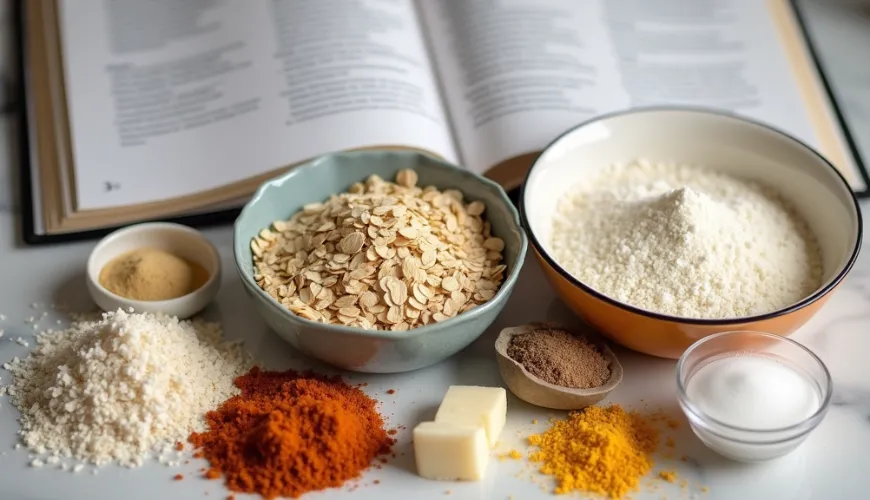
How to Prepare a French Onion Tart You'll Love

French cuisine is renowned for its elegance, subtlety, and attention to detail. Among its greatest treasures are traditional pies, known as quiches—savory and sweet delights that are hard to resist. One of the lesser-known yet incredibly delicious dishes is the French onion tart, which is gradually finding its way into Czech kitchens. And it's no wonder. It offers a perfect balance between the sweetness of caramelized onions, a creamy filling, and flaky pastry. In various versions, this tart is suitable for festive tables as well as a light lunch or stylish dinner.
Onions as the Main Star of the French Countryside
It's fascinating how something as ordinary as an onion can be the foundation of such a sophisticated dish. In France, onions hold a special place—not only as an aromatic base for soups and sauces but also as a standalone ingredient in various traditional dishes. A typical example is "quiche à l'oignon," or French onion tart, which has become popular particularly in the regions of Alsace and Lorraine.
Here, the onions are first slowly sautéed in butter until they achieve a golden-brown color and sweet caramel flavor. This process can take up to half an hour, but it is absolutely crucial for the resulting depth of flavor. When mixed with eggs, cream, and often a bit of grated cheese, it creates a luxurious filling that is poured into the pastry and baked to golden perfection.
A Quiche You'll Love - Different Versions of a Classic
The basis of the classic French onion tart, or quiche, is usually a buttery pâte brisée crust. It is delicate, slightly salty, and melts beautifully in the mouth. However, in modern versions, puff pastry is increasingly used, which is easily accessible and brings a tender structure and more layers to the recipe.
Especially the French onion tart with puff pastry is favored by those looking for a simple way to prepare something impressive without the need to make dough. Just spread the ready-made puff pastry in a tart form, pre-bake it for a few minutes blind (weighted so it doesn't rise), and then fill it with the prepared mixture.
An interesting and very popular version is the French onion tart with sour cream, which adds a pleasant acidity and even creamier consistency to the filling. Sour cream also beautifully balances the sweetness of the caramelized onions, creating a harmonious and full flavor.
Whether you opt for the classic flaky pastry or the puff pastry, with sour or sweet cream—the foundation remains the same: quality onions, butter, eggs, and taste sensitivity.
The Importance of Ingredients and Patience
It may sound trivial, but this tart stands and falls with the quality of the onions. The most suitable are yellow or white onions, which have natural sweetness and do not turn bitter with longer cooking. The onions need to be sliced very thinly—ideally into half-moons—and sautéed at low temperature with a bit of butter or olive oil. The longer, the better. Caramelization is not a process you can rush.
Besides the onions, cream plays an important role—it can be sweet whipping cream, but sour cream brings an interesting flavor layer to the tart. Eggs serve as a binder and give the filling structure. For cheese lovers, a bit of grated Gruyère or Parmesan can be added, but it's not necessary. The taste of the onions is so pronounced that the tart stands well even without additional embellishments.
When it comes to the pastry, it depends on preferences and time constraints. Homemade buttery pastry will always taste better—but if you're in a hurry, the French onion tart with puff pastry is a full-fledged alternative that saves time and effort.
A Kitchen Story - A Tart That United a Family
One reader of the popular French magazine Elle once described how this tart helped her bond with her mother-in-law. "She was the classic French mom—always elegant, always with a perfect kitchen. Visiting her for lunch was like going to a Michelin restaurant. When I once offered to cook, I chose the onion quiche. I was nervous, but eventually, she acknowledged that 'the taste is just like grandma's.' Since then, we've started enjoying cooking together."
This story beautifully illustrates that the kitchen is not just about food. It is also a space for meeting, sharing experiences, and building relationships. And the French onion tart is the perfect bridge between generations, national cuisines, and personal stories.
How to Enjoy the Tart - Serving Tips
One of the great advantages of onion quiche is its versatility. You can serve it warm, lukewarm, or cold. It pairs wonderfully as a main dish with a simple arugula or lamb's lettuce salad, but also as part of a brunch or evening snack. And beware—it tastes great the next day too. If there's any left, that is.
For more festive occasions, you can add a bit of thyme, caraway, or nutmeg to the filling. These will complement the onion flavor and give the tart an original character. And if you like meat, it's easy to add a bit of bacon or ham.
If you're preparing a French onion tart with sour cream, we recommend serving it slightly chilled—the taste of the cream will stand out more, and the tart will be easier to slice.
A Recipe You'll Love
Whether you're looking for a recipe for a festive dinner or just a way to use up excess onions, this tart will not disappoint. It is simple yet sophisticated. Traditional, yet not overdone. Tasty, yet easily digestible.
In an era where more people are trying to eat consciously and choose a more sustainable approach to cooking, this dish is a great choice. It contains basic ingredients that we commonly have at home, yet it tastes like it's from a French restaurant. Moreover, it's an excellent opportunity to spice up the menu without the need for complex or exotic ingredients.
As the French proverb goes: “Il faut peu pour être heureux.”—“Happiness requires little.” And the onion tart is proof of that. All it takes is a little time, quality ingredients, and a desire to create.

